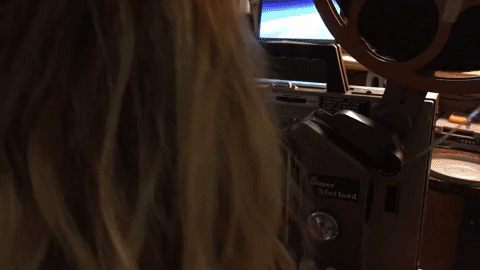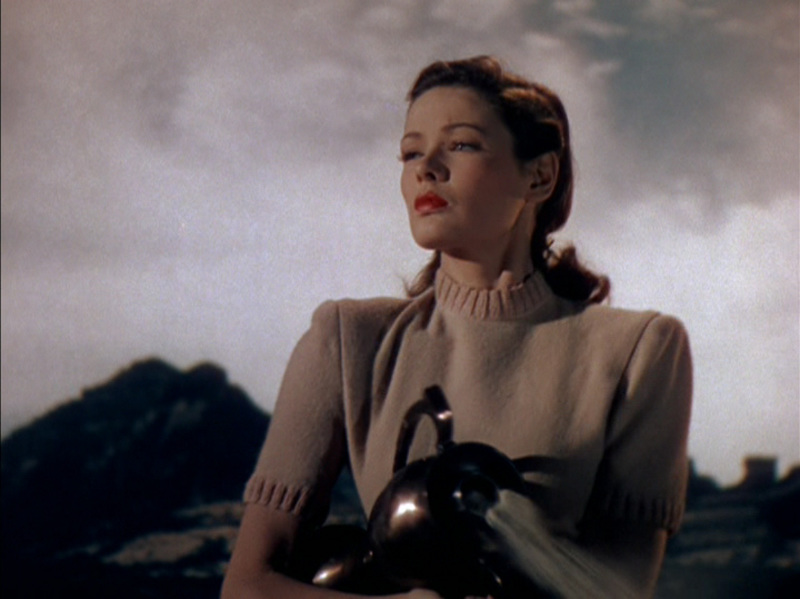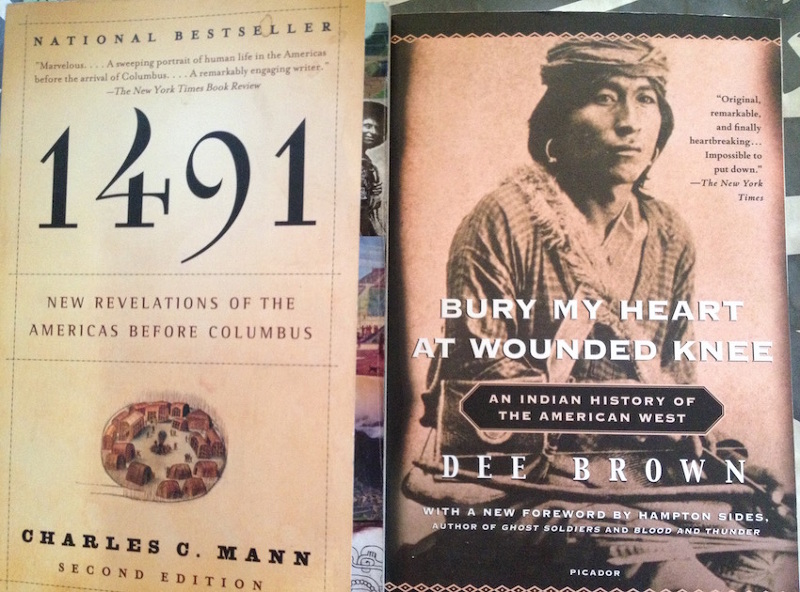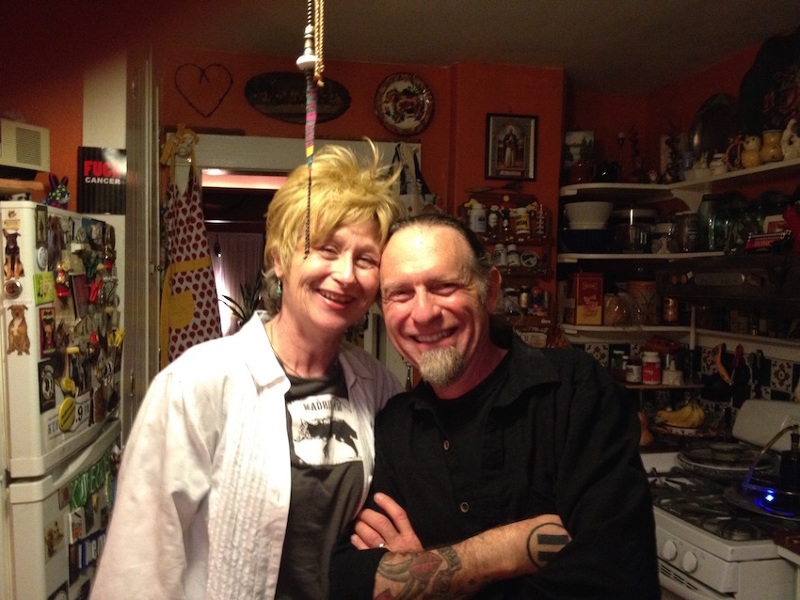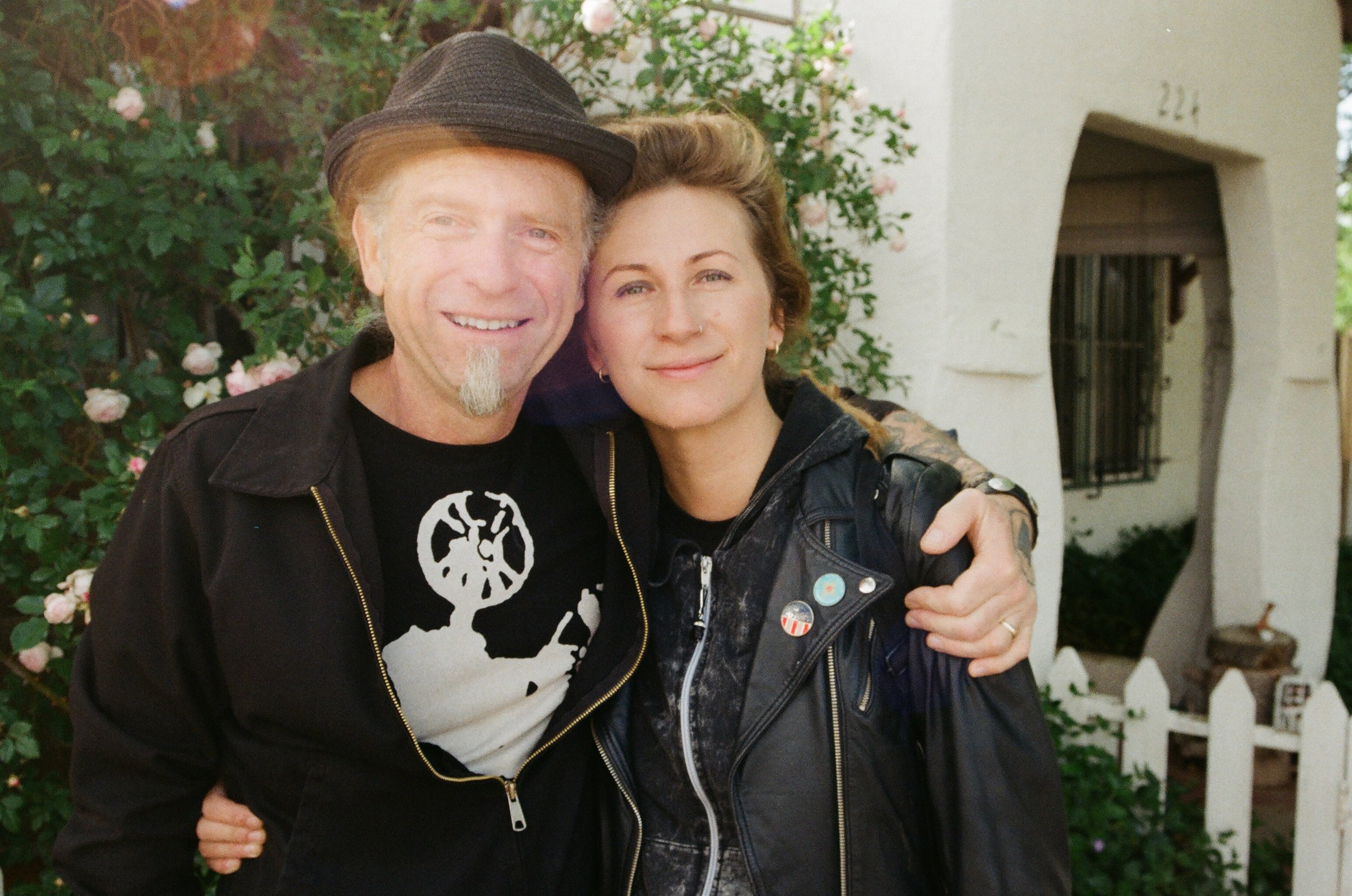Artist in residence, basement flms, albuquerque, new mexico (2016)
Prior to undertaking the residency at Basement Films in 2016, I had devoured 100 Years of Filmmaking in New Mexico, with essays from Mikelle Cosandaey and Max Evans. The first still in the book is from Sundown (1941) with oh-so-wonderful Gene Tierney.
Gene Tierney in Sundown (Henry Hathaway, 1941)
I vividly remember her chilling appearance as Ellen Harland in Leave Her to Heaven (1945); her aggressive sexual energy intensified by technicolour. Ellen and Richard met on a train to New Mexico, a friend who wrote an entire PhD thesis on this multilayered film reminded me of this recently… Through reading 100 Years of Filmmaking in New Mexico I reconnected with my memories of Lonesome Dove, Billy the Kid, Cowboy – all shot in New Mexico. During my previous visits as a participant in Experiments in Cinema I have experienced the diverse terrain of this amazing state but this year, I shall gladly spend most of my time in…a basement.
Gene Tierney in Leave Her to Heaven (John M. Stahl, 1945)
In 2015 I had been an honorary recipient of an invitation by Basement Films and Experiments in Cinema of an Artist in Residence programme for 2016. Thanks to the Arts Council of England, McCune Charitable Foundation, New Mexico Arts, New Mexico Humanities Council and Albuquerque Community Foundation, I was able to spend one of my most productive times so far working on a film. Basement Films is a unique operation, a micro-cinema run by devoted volunteers: ‘Basement Films is interested in championing communities of cinematic experimentalists (regional and international), and we feel it is our responsibility to keep the experimentalists part of the current, statewide conversation about movie making.’
Having a proper artist studio was a luxury that made me leap out of my trailer bed every morning.
Prior to arriving in Albuquerque, I had an idea for a film that involved revisiting my relationship with and letters from a young incarcerated Native American in the 1990s. Back then I was involved with an activist group, defending the rights of Native Americans. I wanted to revisit my fascination with the Native American culture in order to critically investigate patterns of visual and literary representations of Native Americans and ‘the other’ in general.
Research time
I already read Brown's Bury My Heart at Wounded Knee back in Poland, in the late 1990s, but I could not resist the English copy at the University of New Mexico’s book store. Thank you to my dear friend Eldra Lovato for recommending me Charles Mann's 1491.
The original package containing CD with the soundtrack that I received from Timothy Nelson three weeks into the project (How can one not get excited?!)
Timothy Nelson’s soundtrack, composed and performed by Nelson himself, added so much to the film. Nelson does not see any footage prior to commencing his work on the soundtrack. I sent him a couple of images and he worked from the main idea and the ‘temperature’ of the images, so to speak. He conducted his own research and to say that he did it with great commitment and passion is an understatement. This is evident in the soundtrack which adds another dimension to the film’s emotional backbone.
In Basement Films studio
Much of my time in the studio involved identifying the key films and then running them through a 16mm projector to telecine, so I could edit digitally and merge with Super 8 footage I brought with me.
Presenting my work in progress at Experiments in Cinema
Experiments in Cinema Festival is a perfect platform to present one’s work in progress. I have received invaluable feedback and would like to thank again Adam Hyman, Sally Cloninger, Scott Stark, Lara Dale, Ariel Dougherty, Luke Fuller, Britney King, Reed O’Beirne, Michelle Mellor, Beth Hansen, Max Renn, and, of course, Bryan Konefsky and Patrice Beers (RIP). Thank you also to George Otelea, my editor, for all his challenging questions and insightful suggestions.
And last, but not least, thank you Patti (Patrice Beers, RIP) & Bryan (Konefsky), Fannie & Billy for an unforgettable journey!
With Bryan Konefsky, Experiments in Cinema, 2017
